There has been a ton of talk about the EOS R1 in our inbox. Most media outlets are not NDA’d about the EOS R1, as its not in their hands. The EOS R5 Mark II has been shown in-person to retailers and a bunch of media outlets. The EOS R5 Mark II will begin shipping in August, but Canon has been coy with retailers about when in August. The official announcement was supposed to happen back on May 15, but was delayed to make sure they have enough of them to sell. The EOS R5 Mark II can’t show up on one of those “unexpected demand” lists.
However, the EOS R1 is pretty much only in the hands of Canon Explorers and other CPS professionals and likely won’t ship until mid Q4.
We have heard twice that the EOS R1 would have some version of a DGO sensor. Which would be a game changer. However, we’re not sure how that would work, it would require a ton of processing power for still photography at higher framerates.
What is DGO?
Canon’s DGO sensor works by reading each pixel at two different amplification levels, one high and one low, and then combining these two readouts into a single image. The high amplification readout is optimised to capture fine details in shadow regions while reducing noise
We see DGO sensors on select Cinema EOS cameras, but how it would work for a stills camera is still a bit of a mystery to us. However, Canon has had a ton of patents in regards to HDR and dynamic range. We just haven’t seen the fruits of that labor as of yet.
If Canon has figured out a way to make this work for a stills camera, then that will be a game changer and we’ll see dynamic range that we have never seen before in a stills camera.
It could also be much ado about nothing, however, the EOS R1 is going to be a landmark flagship camera by all accounts. We hope to be able to add more to that before the official announcement on July 17, but we’re probably at the point where surprises will be fun on announcement day.
We’re going to put the proverbial “grain of salt” on this one, but it keeps coming up.
|
When you purchase through links on our site, we may earn an affiliate commission. Here's how it works. |


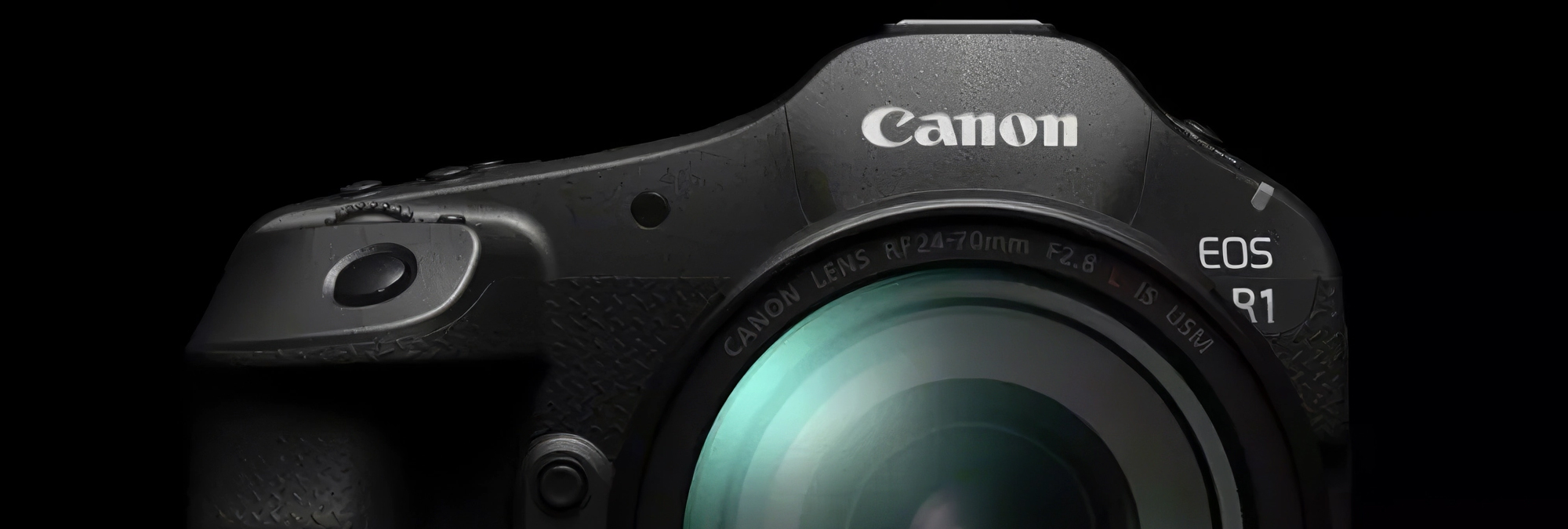
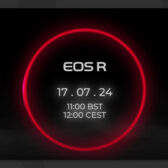
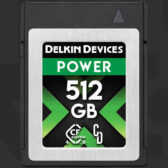
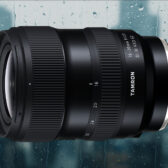

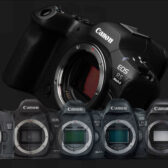

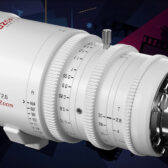


Yeah, it's one of those things that is split.
Nothing is split at all. Just some bs excuse. It's called "purchase justification". I got more or less signal? Duh, I can't see it. Nobody wishes to be told, well you got less signal than the previous model after you paid......$xxxx
During the DRone Wars of the early 2010's, I didn't argue against the importance of more DR, but rather against the significance of an additional 1-2 stops. Sure, there are some shots where that can make all the difference. But there are many situations where the scene DR is not so high that 10 stops can't capture it, and many others where the scene DR is too far great for a single image even at 16 stops.
If we're talking about going from 12 stops of real, usable DR ('photographic DR' as opposed to 'engineering DR') up to 16 stops, that's a meaningful difference that will have a positive impact for many people. But I'm not holding my breath in the hopes that we get a 4-stop increase in either the R5II or the R1.
Having said that, from a subjective artistic perspective, I do believe that too much DR can lead to photos that may look \"fake\" or \"boring\", at least IMHO. Same with HDR that can be easily abused. I like having a lot of DR latitude when I work on an image, but I most frequently end up dialing contrast back up for the final result, even if that results in less DR than was available in the RAW file.
At this point I'll just wait for the official announcement. I'm very curious if the sensor resolution is indeed going to be "only" 24MPx, and if so, what features (such as this) it might have to make it worthy of a flagship camera.
On some situations pulling down the highlights or exposure in general can get that highlight information but it still affects the general appearance of the overall image, by having a dual gain output combined in one frame it looks more natural.
What a dream if if it's true, specially if it has a 14 bit readout.